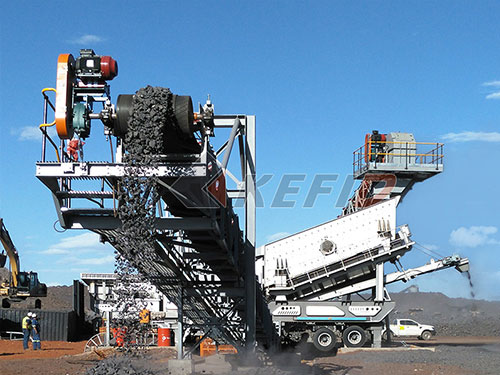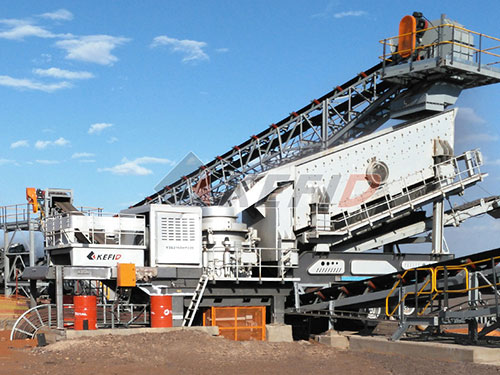Gyratory Crusher Manufacturer Association
The Gyratory Crusher Manufacturer Association: Forging Strength Through Collaboration

In the demanding world of mineral processing and aggregate production, gyratory crushers stand as titans – massive machines tasked with the primary reduction of some of the hardest materials on Earth. Behind these engineering marvels are specialized manufacturers pushing the boundaries of metallurgy, design efficiency, and operational reliability. Recognizing the unique challenges and opportunities within this niche yet critical sector, the concept of a Gyratory Crusher Manufacturer Association (GCMA) emerges as a powerful catalyst for collective progress.
Why Unite? The Imperative for Collaboration
Manufacturing gyratory crushers is inherently complex and capital-intensive. It demands deep expertise in heavy-duty casting and forging, precision machining of massive components (like mantles and concaves), advanced bearing technology for immense loads and harsh environments, sophisticated hydraulic systems for adjustment and overload protection, and intricate control systems integrating seamlessly into modern plant operations.
Beyond technical prowess, manufacturers face shared external pressures:
1. Rising Material & Energy Costs: Fluctuations significantly impact production expenses.
2. Global Supply Chain Volatility: Securing reliable sources for critical alloys and components remains challenging.
3. Evolving Regulatory Landscapes: Environmental regulations (dust control, noise abatement) and safety standards constantly evolve.

4. Customer Demands: Mines demand ever-higher throughputs with lower operating costs per tonne and reduced downtime.
5. Sustainability Imperative: Pressure mounts to reduce energy consumption across the crushing circuit.
An association provides a unified platform to address these common hurdles effectively.
The Core Mission & Value Proposition of the GCMA
A well-structured GCMA would focus on delivering tangible value to its members and the broader industry:
1. Setting Technical Standards & Best Practices: Establishing common guidelines for design safety factors (especially critical components), performance testing methodologies (ensuring apples-to-apples comparisons), wear part interchangeability where feasible (benefitting end-users), lubrication standards for extreme conditions, noise reduction techniques.
2. Advocacy & Representation: Providing a single authoritative voice when engaging with regulatory bodies on environmental compliance standards or safety legislation impacting large crushers.
3. Research & Development Synergy: Facilitating pre-competitive research collaborations on areas like:
Advanced wear-resistant materials extending liner life.
Novel bearing designs handling higher loads with lower friction.
AI-driven predictive maintenance algorithms specific to gyratory operation.


